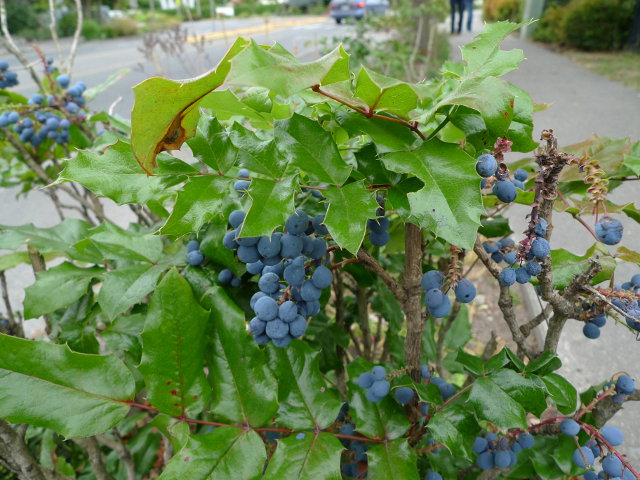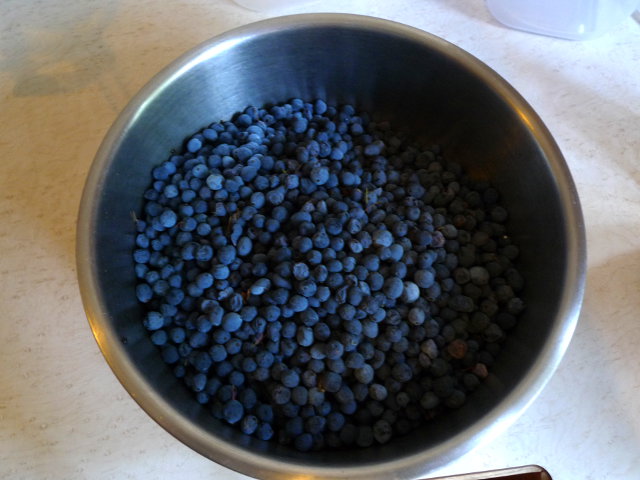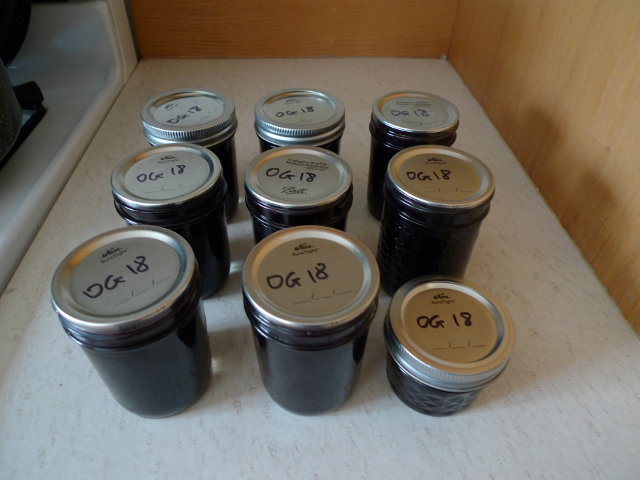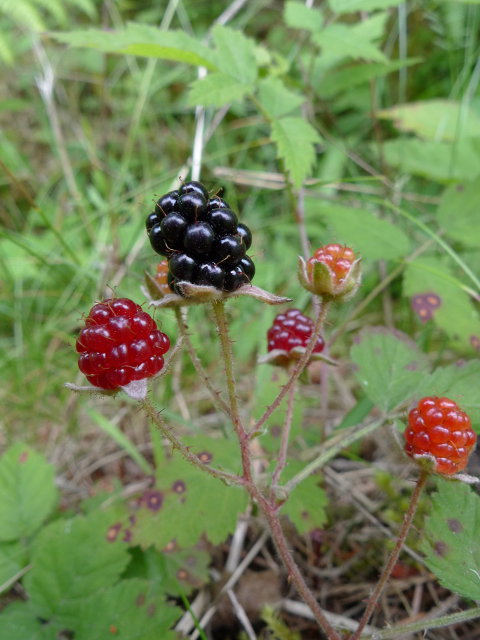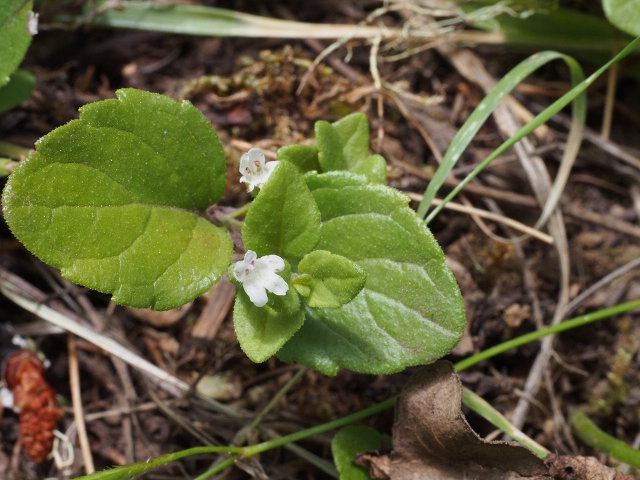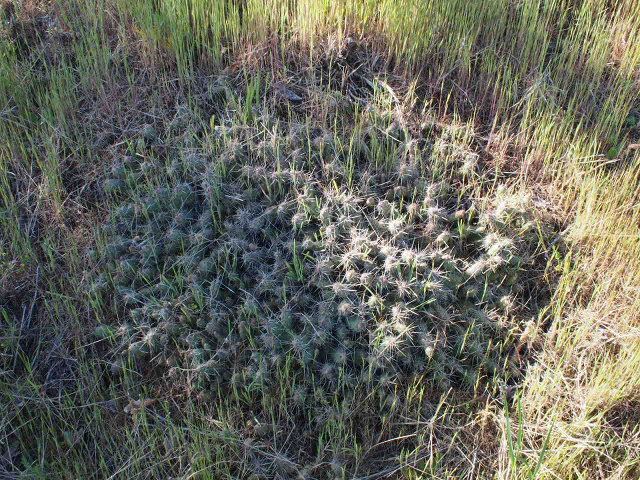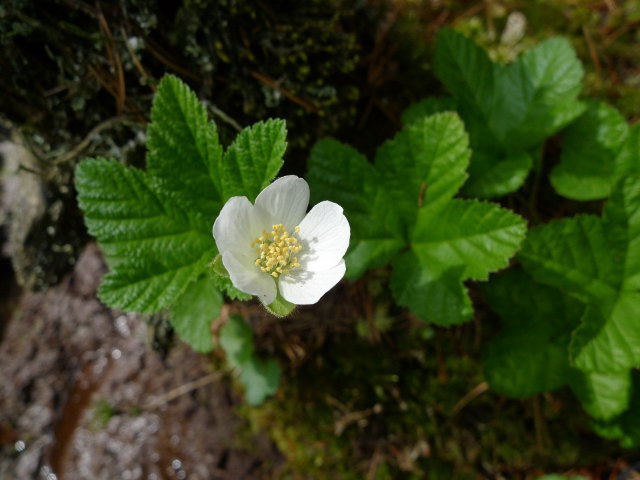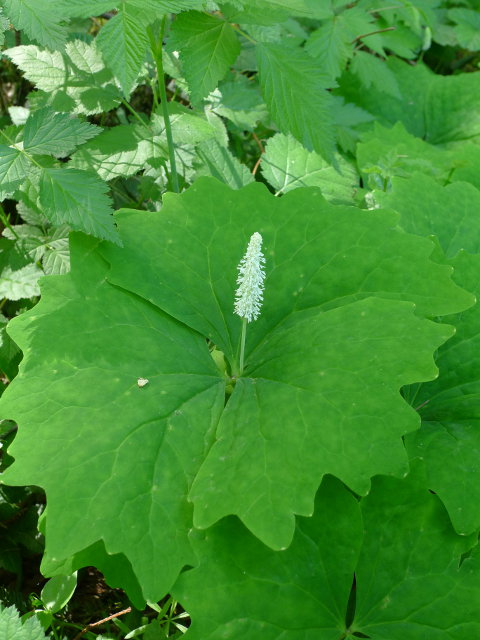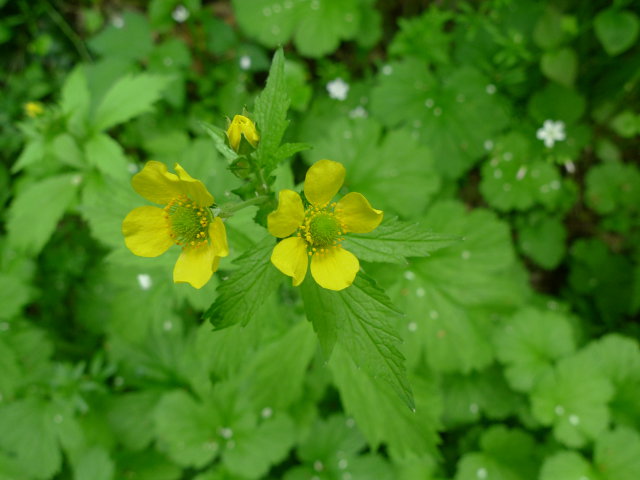Back from Camping
Published at 21:52 on 3 September 2018
Cape Flattery was spectacular and well worth seeing, but the camping options near it leave something to be desired. In particular, Hobuck Beach got crowded sooner than I thought (by Thursday evening; I was expecting it to get bad Friday and as such had planned to leave Friday morning). Worse, it attracts clueless idiots who think it’s a reasonable thing to fire up generators for their RV’s at quarter to five in the morning.
Prompted by that camping experience, I craved balance, so I decided not to go to Lake Ozette on Friday. Instead, I went into the Olympic Mountains and did some dispersed camping on national forest land, because I craved silence and solitude. I figured I could look for high-elevation huckleberries, part of an ongoing search. They’re easy enough to find in the Cascades, but not so easy to find in the Olympics.
And I found them. Not just a few bushes, good for a snack and that’s it (all I’ve found before in the Olympics). They weren’t near where I camped, so on Sunday I packed up and started driving to a spot on the map that looked promising (higher in elevation). The road became impassible before I reached that area, but at the same spot I was compelled to turn around, there they were. I found the silence and solitude, too. It was delightful to fall asleep to the sounds of no other human activity.
Today, for the first time in many years, I made mountain huckleberry jam again.
Tomorrow, I start my new job, which I certainly hope turns out to be a better match than my previous one.

